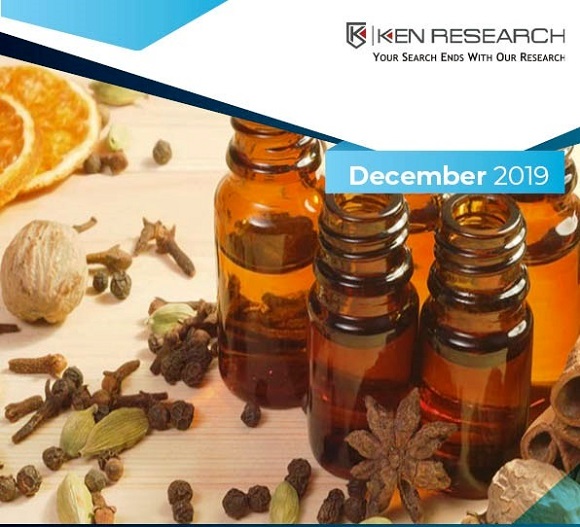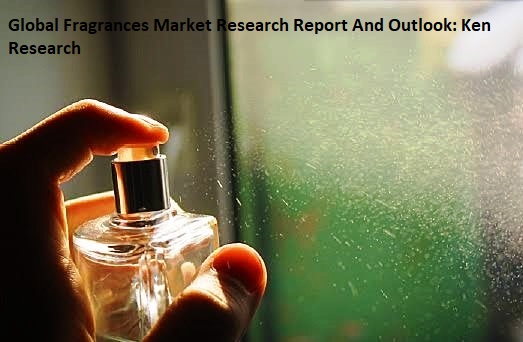The skin lightening products market, valued at a staggering $15 billion in 2023 and projected to reach $17.90 billion by 2032, presents a picture of undeniable market power. Yet, beneath the surface lies a tapestry woven with ethical intricacies, evolving regulations, and diverse consumer preferences. To truly understand this complex landscape, we must delve deeper, examining market size, share, trends, key players, and a crucial SWOT analysis.

Mapping the Market: Global Reach, Regional Differences
While the $15 billion global market represents a significant presence in the beauty industry, its footprint across regions paints a nuanced picture. Asia Pacific reigns supreme, capturing a commanding 55% share. This regional dominance reflects cultural factors and established beauty standards, where lighter skin is often associated with desirability and status. North America, Europe, Latin America, and the Middle East & Africa follow, each with varying market sizes and dynamics shaped by cultural norms and regulations.
Shifting Sands: Market Trends Reshaping the Landscape
While traditional skin lightening creams and lotions remain prominent, several key trends are influencing the market’s future trajectory:
- The Natural Ingredient Craze: Consumers are increasingly seeking alternatives formulated with botanical extracts and vitamins, driven by concerns about the safety of synthetic ingredients.
- Multi-Functional Marvels: Products that combine skin lightening with anti-aging or brightening benefits are gaining traction, offering a holistic approach to skincare.
- E-commerce Boom: Online platforms are fueling market growth, particularly in emerging economies where access to physical stores is limited.
- Ethical Awakening: Growing awareness of the potential health risks and cultural appropriation associated with skin lightening is sparking debates and influencing consumer choices.
Market Players: A Spectrum of Global Giants and Niche Contenders
The industry features a diverse cast of players, each vying for a share of the pie:

- Global powerhouses like L’Oréal, Unilever, Procter & Gamble, Shiseido, and Beiersdorf leverage their vast resources and brand recognition to maintain a significant market share. They offer a wide range of products, catering to diverse consumer segments and price points.
- Regional champions like Dabur, Emami, Himalaya, Goodal, and Hada Labo cater to specific regional preferences and cultural nuances. They often have a strong understanding of local ingredients and traditions, allowing them to develop products that resonate with regional audiences.
- Niche players carve out space by focusing on specific aspects of the market. Some specialize in natural ingredients, catering to the growing demand for safe and sustainable alternatives. Others focus on specific skin types or concerns, offering targeted solutions.
A Cast of Players: Global Giants and Niche Contenders
The industry features a dynamic interplay between established players and ambitious newcomers:
- Global Powerhouses: L’Oréal, Unilever, Procter & Gamble, Shiseido, and Beiersdorf leverage their vast resources and brand recognition to maintain a significant market share.
- Regional Champions: Dabur, Emami, Himalaya, Goodal, and Hada Labo cater to specific regional preferences and cultural nuances, carving out their space within the global market.
- Niche Players: These companies differentiate themselves by focusing on natural ingredients, catering to specific skin types, or prioritizing ethical sourcing practices.
Beyond the Numbers: A SWOT Analysis Unveils Complexities
Understanding the market’s strengths, weaknesses, opportunities, and threats is crucial for navigating its complexities:

Strengths:
- Large and established market with diverse product offerings cater to a wide range of consumers.
- Growing online sales channels and increasing consumer demand present significant growth potential.
- Potential for innovation with natural ingredients and multi-functional products can attract new customers.
Weaknesses:
- Ethical concerns regarding cultural appropriation and potential health risks associated with certain ingredients continue to raise ethical dilemmas.
- Stringent regulations and potential bans in some regions create market uncertainties.
- Competition from alternative skincare solutions like BB creams and self-tanners poses a challenge.
- Negative brand perception stemming from historical marketing practices can impact consumer trust.
Opportunities:
- Addressing ethical concerns by developing safe, inclusive products and advocating for responsible sourcing practices can create a positive brand image.
- Expanding into emerging markets with rising disposable incomes presents significant growth potential.
- Leveraging online platforms and social media for targeted marketing and influencer collaborations can reach new audiences.
- Collaborating with dermatologists and beauty influencers to build trust and address consumer concerns can create a positive impact.
Threats:
- Increasing regulatory scrutiny and potential product bans could significantly impact market size and dynamics.
- Negative publicity and consumer backlash due to ethical concerns pose a reputational risk.
- Economic downturns impacting consumer spending on non-essential products could hinder growth.
- Substitution by alternative skincare solutions with less controversial claims could erode market share.
The Road Ahead: Responsible Innovation and Ethical Considerations
The future of the skin lightening products market hinges on navigating a complex landscape. Addressing ethical concerns, developing safe and effective products, and promoting inclusivity will be crucial for brands to thrive. Consumers, armed with knowledge and empowered by ethical choices, can also play a critical role in shaping the future of this industry. Remember, market size and trends paint only part of the picture. Understanding the ethical complexities and diverse perspectives surrounding skin lightening is essential for a holistic and responsible approach.

